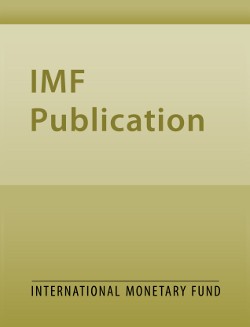
The Pre-Crisis Capital Flow Surge to Emerging Europe: Did Countercyclical Fiscal Policy Make a Difference?
Working Paper No. 12/222
A push-pull-brake model of capital flows is used to study the effects of fiscal policy changes on private capital flows to emerging Europe during 2000-07. In the model, countercyclical fiscal policy has two opposing effects on capital inflows: (i) a conventional absorptionreducing effect, as a tighter fiscal stance acts as a brake on capital flows; and (ii) an unconventional absorption-boosting effect, as a tighter fiscal stance increases investor confidence in the country. The empirical results suggest that push factors (low returns in flow-originating countries), rather than pull factors (high returns in flow-destination countries), drove most of the private capital flows to emerging Europe. And active countercyclical fiscal policy once the fiscal stance is adjusted for the automatic effects on the fiscal position of both internal and external imbalances acted as a brake on capital inflows. However, the empirical results also suggest that, even abstracting from political feasibility and fiscal policy lag considerations, countercyclical fiscal policy alone is unlikely to be an effective policy tool to put an effective brake on sudden capital flow surges.
Publication date: September 2012
ISBN: 9781475510270
$18.00
Add to Cart by clicking price of the language and format you'd like to purchase
Available Languages and Formats
| Paperback | |
| English |
Prices in red indicate formats that are not yet available but are forthcoming.
Topics covered in this book
This title contains information about the following subjects.
Click on a subject if you would like to see other titles with the same subjects.
Economics- Macroeconomics , Economics / General , International - Economics , Capital Flows , Absorption Boom , Economic Models , Emerging Markets , Private Capital Flows
Summary
Copyright © 2010 - 2025
Powered by:
AIDC



